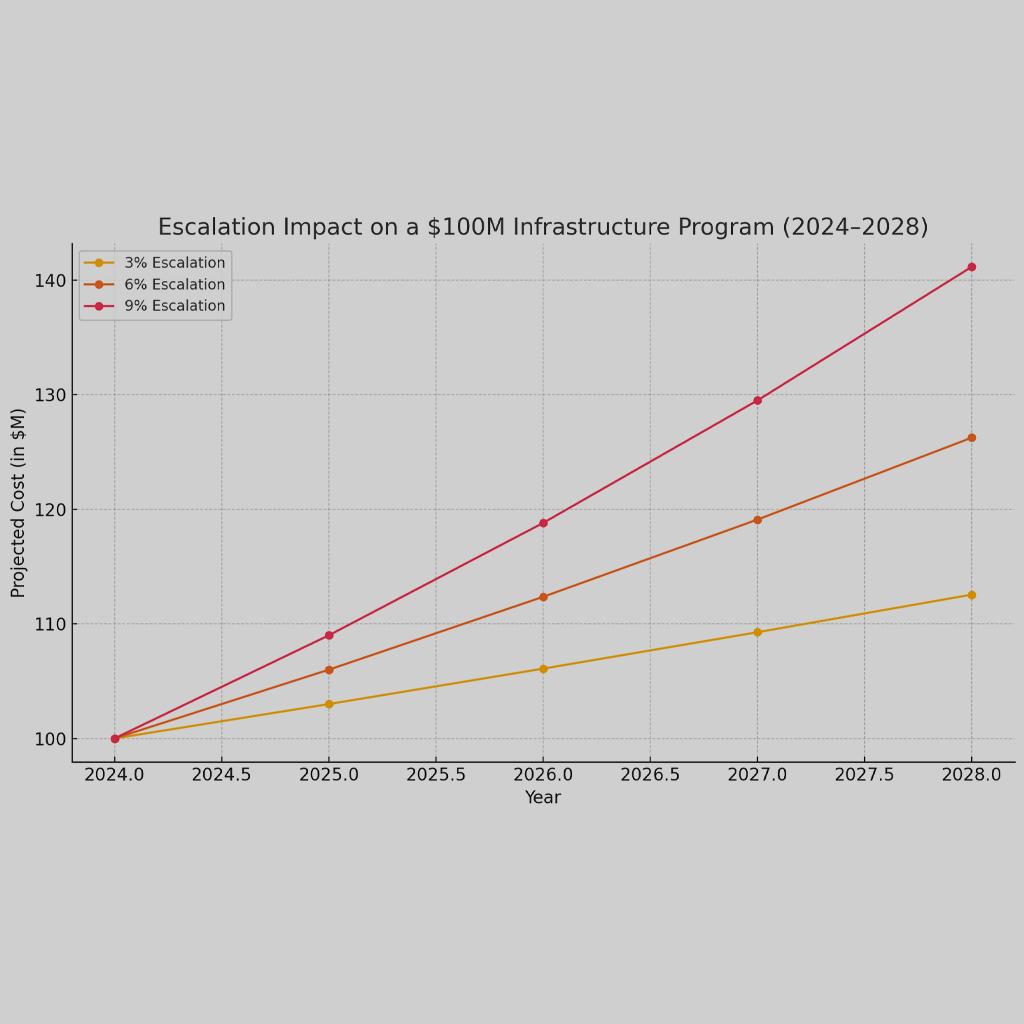A capital improvement bond is a type of bond that is used to fund large-scale projects, such as building new schools. These bonds are typically issued by local government entities, such as school districts or municipalities, and are paid back over a period of time using tax revenues. In order to issue a capital improvement bond, a government entity must first obtain approval from voters through a referendum.
Evaluating the Need for New Schools
Before a capital improvement bond is issued, it is important to determine if there is a need for new schools in the area. This can be done by analyzing population growth trends, student enrollment data, and the current state of existing schools. If the data indicates a need for new schools, the next step is to identify potential locations and determine the cost of construction.
Assessing the Financial Feasibility of the Project
Once the need for new schools has been established and potential locations have been identified, it is important to assess the financial feasibility of the project. This involves analyzing the projected cost of construction and the expected revenue from the capital improvement bond. The government entity must also consider the long-term financial implications of the bond, including the cost of maintenance and operation of the new schools.
Examining the Construction Plan
Before a capital improvement bond is issued, it is important to thoroughly examine the construction plan. This includes reviewing the design and layout of the new schools, as well as the materials that will be used in construction. Taxpayers should ask questions about the quality of materials, the construction timeline, and the overall efficiency of the plan.
Evaluating the Bond Issuer
When evaluating a capital improvement bond, it is important to assess the financial stability of the issuer. This includes reviewing the issuer’s credit rating, financial history, and current debt levels. Taxpayers should also ask about the issuer’s track record for managing similar projects in the past.
Conclusion
By asking the right questions, taxpayers can ensure that their hard-earned money is being spent in a responsible and effective manner when it comes to funding capital improvement projects, such as building new schools. It is important to understand the process, assess the need for new schools, evaluate the financial feasibility of the project, examine the construction plan, and assess the financial stability of the issuer. By taking these steps, taxpayers can make informed decisions about capital improvement bonds and help to ensure the success of these projects.
At Front Line Advisory Group, we transform Capital Improvement Bond Management through expertise & industry knowledge. We empower clients & maximize tax dollars through Program Management Consulting. Contact us for more info at info@frontlineadvisorygroup.com.













